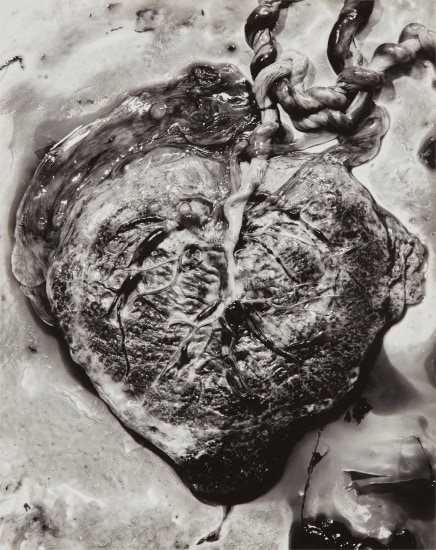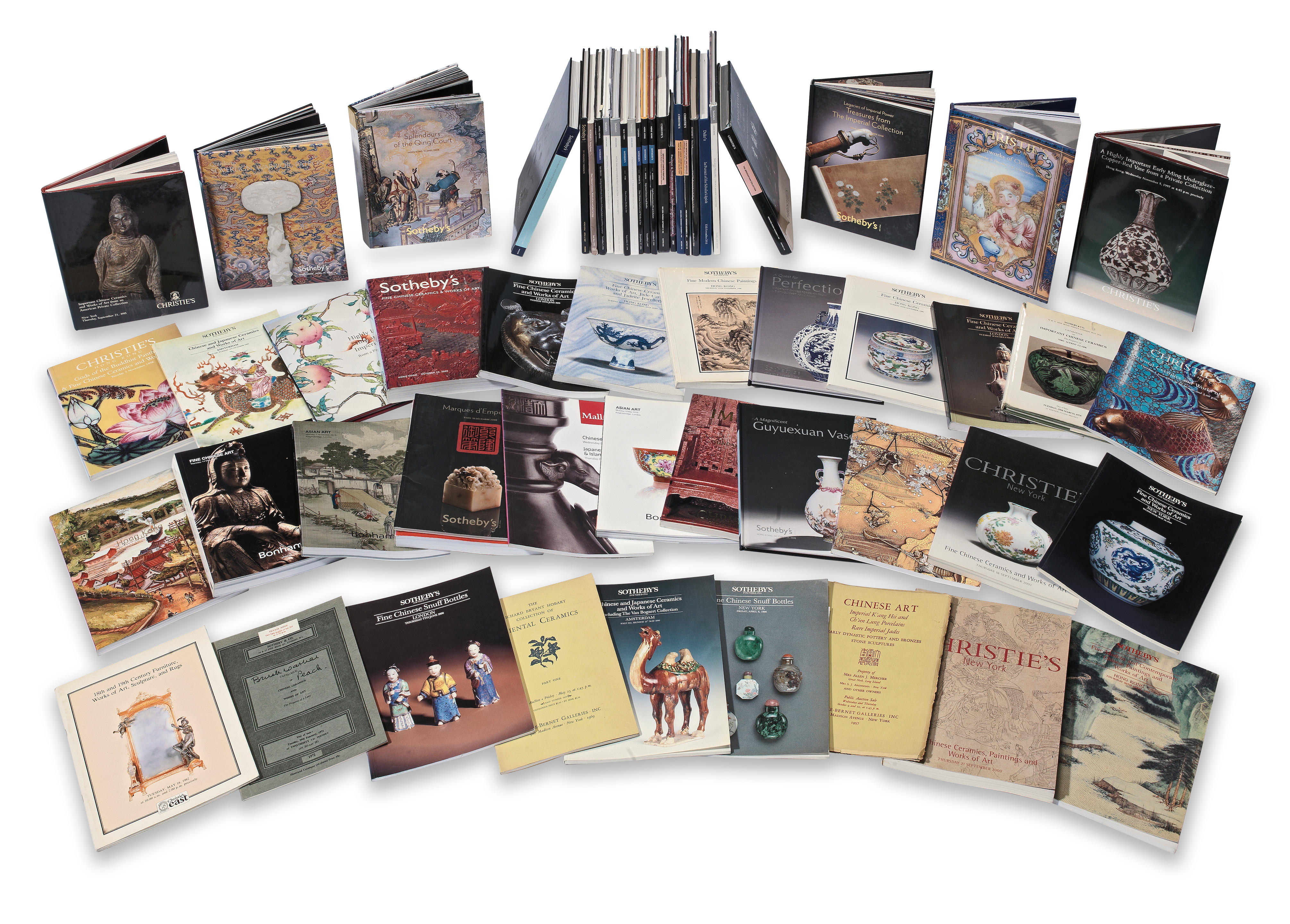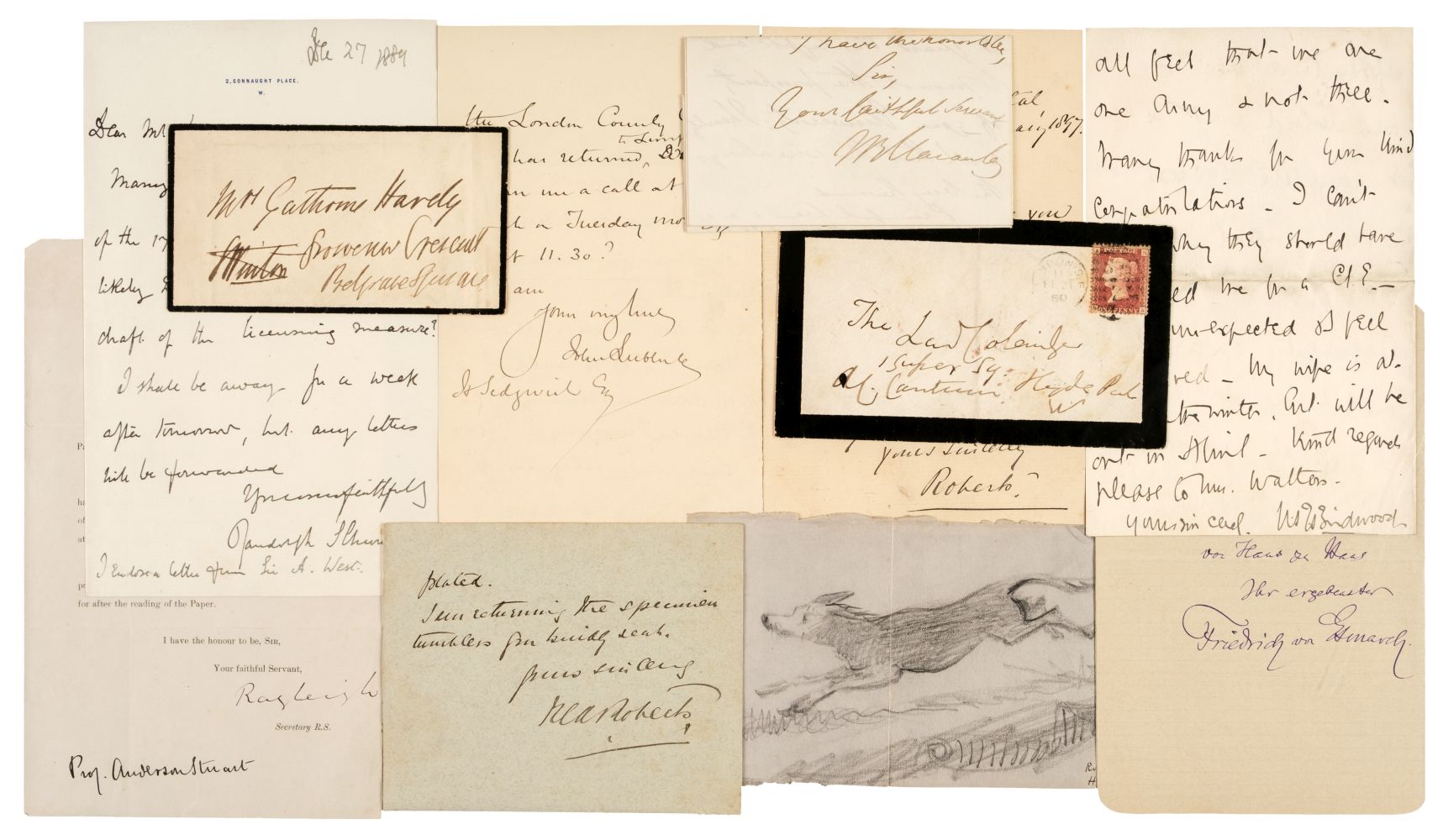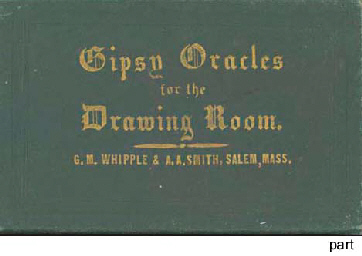The "Polio" Nobel Prize FREDERICK C. ROBBINS' GOLD MEDAL FOR THE NOBEL PRIZE IN PHYSIOLOGY OR MEDICINE, AWARDED IN 1954, WITH THE ACCOMPANYING CALLIGRAPHIC DIPLOMA AND RELATED MATERIALS Gold Nobel Prize Medal for Physiology or Medicine, awarded to Frederick C. Robbins, 1954, bust of Alfred Nobel left, in field left, ALFR• / NOBEL (in two lines); behind head to right, NAT• /MDCCC / XXXIII / OB• / MDCCC / XCVI (in six lines); at left edge, before bust, E • LINDBERG 1902, rev., INVENTAS • VITAM • IUVAT • EXCOLUISSE • PER • ARTES (life is enhanced through the arts of discovery) — REG • UNIVERSITAS — MED • - CHIR • CAROL • (The Royal Karolinska Institute for Medicine and Surgery); below, incuse, on tablet in exergue, F • C • ROBBINS / MCMLIV , Hygeia (as personification of medicine), laureate, seated left, her right arm holding a patera into which water flows from a crevasse in a rock, an open book in her lap, her left arm supporting a standing figure of a stricken girl; to the right a serpent drinks from the bowl of Hygeia; in field right, E • LINDBERG; the edge marked MJV (Mynt ochs Justeringsverket [Royal Mint and Assay]) GULD 1954; weight: 182.57 g.; diameter: 66 mm (2 5/8 in.). Virtually as struck; housed in the original red morocco case of issue, the top of the case with a border of a double gilt rule and gilt dot-fillet, corner tools, and the recipient's name (frederick c. robbins) in the center; the fitted interior lined with suede and satin (a bit discolored), the interior case edges with gilt dentelles; extremities of case a bit rubbed. nb: The commissions to execute the Nobel Prize medals were won by two young Scandinavian artists: the “Swedish medals”—Medicine, Physics and Chemistry, and Literature—were entrusted to a twenty-nine-year-old medallist and sculptor, Erik Lindberg from Stockholm, and the “Norwegian medal”—for Peace—to the Oslo-based sculptor Gustav Vigeland (1867–1943). Lindberg (1873–1966) was the son of Adolf Lindberg, a prominent medallist, chief engraver of the Royal Swedish mint, and professor of drawing at the Royal Academy of Fine Art in Stockholm. The younger Lindberg’s career in many ways echoed his father’s. Having studied in Paris where he was influenced by a number of contemporary French masters, most notably Jules-Clément Chaplain he became a renowned medallist who, in addition to the Nobel medals, designed medals for the 1912 Olympic Games in Stockholm as well as a wealth of other commissions. On his father’s retirement he became the Chief Engraver of the Royal Swedish Mint (1916–1944) and was for decades the Secretary of the Swedish Academy of Fine Arts. Although better known as a medallist than sculptor, a bronze bust of Alfred Nobel by Lindberg was acquired by the National Gallery of Sweden from an auction by Thomas Del Mar in association with Sotheby’s in 2009. Lindberg was working in Paris when he received the Nobel commission in early 1901. Each of the designs for the reverse imagery had to be accepted by the respective institutions responsible for awarding the Prizes and the process of approval by correspondence was slow and at times contentious. Ultimately, Lindberg traveled to Stockholm to personally discuss his concepts. Upon agreement, he prepared plaster models which were reduced in Paris (Lindberg also prepared the dies for the Peace Medal from Gustav Vigeland’s designs). Lindberg’s obverse with the portrait of Nobel, adapted from an anonymous and undated photograph (http://www.nobelprize.org/alfred_nobel/biographical/), was completed before the first presentations of the Prize in 1901. However, the reverses were not yet finished and the initial recipients received base metal examples of the obverse which were replaced by the finished medals in September 1902. Lindberg’s medals were well received, one critic noting that the artist “has shown in the execution of [the medals] a very rare ability, not only in regard to composition and artistic workmanship, but also in the delicacy of
The "Polio" Nobel Prize FREDERICK C. ROBBINS' GOLD MEDAL FOR THE NOBEL PRIZE IN PHYSIOLOGY OR MEDICINE, AWARDED IN 1954, WITH THE ACCOMPANYING CALLIGRAPHIC DIPLOMA AND RELATED MATERIALS Gold Nobel Prize Medal for Physiology or Medicine, awarded to Frederick C. Robbins, 1954, bust of Alfred Nobel left, in field left, ALFR• / NOBEL (in two lines); behind head to right, NAT• /MDCCC / XXXIII / OB• / MDCCC / XCVI (in six lines); at left edge, before bust, E • LINDBERG 1902, rev., INVENTAS • VITAM • IUVAT • EXCOLUISSE • PER • ARTES (life is enhanced through the arts of discovery) — REG • UNIVERSITAS — MED • - CHIR • CAROL • (The Royal Karolinska Institute for Medicine and Surgery); below, incuse, on tablet in exergue, F • C • ROBBINS / MCMLIV , Hygeia (as personification of medicine), laureate, seated left, her right arm holding a patera into which water flows from a crevasse in a rock, an open book in her lap, her left arm supporting a standing figure of a stricken girl; to the right a serpent drinks from the bowl of Hygeia; in field right, E • LINDBERG; the edge marked MJV (Mynt ochs Justeringsverket [Royal Mint and Assay]) GULD 1954; weight: 182.57 g.; diameter: 66 mm (2 5/8 in.). Virtually as struck; housed in the original red morocco case of issue, the top of the case with a border of a double gilt rule and gilt dot-fillet, corner tools, and the recipient's name (frederick c. robbins) in the center; the fitted interior lined with suede and satin (a bit discolored), the interior case edges with gilt dentelles; extremities of case a bit rubbed. nb: The commissions to execute the Nobel Prize medals were won by two young Scandinavian artists: the “Swedish medals”—Medicine, Physics and Chemistry, and Literature—were entrusted to a twenty-nine-year-old medallist and sculptor, Erik Lindberg from Stockholm, and the “Norwegian medal”—for Peace—to the Oslo-based sculptor Gustav Vigeland (1867–1943). Lindberg (1873–1966) was the son of Adolf Lindberg, a prominent medallist, chief engraver of the Royal Swedish mint, and professor of drawing at the Royal Academy of Fine Art in Stockholm. The younger Lindberg’s career in many ways echoed his father’s. Having studied in Paris where he was influenced by a number of contemporary French masters, most notably Jules-Clément Chaplain he became a renowned medallist who, in addition to the Nobel medals, designed medals for the 1912 Olympic Games in Stockholm as well as a wealth of other commissions. On his father’s retirement he became the Chief Engraver of the Royal Swedish Mint (1916–1944) and was for decades the Secretary of the Swedish Academy of Fine Arts. Although better known as a medallist than sculptor, a bronze bust of Alfred Nobel by Lindberg was acquired by the National Gallery of Sweden from an auction by Thomas Del Mar in association with Sotheby’s in 2009. Lindberg was working in Paris when he received the Nobel commission in early 1901. Each of the designs for the reverse imagery had to be accepted by the respective institutions responsible for awarding the Prizes and the process of approval by correspondence was slow and at times contentious. Ultimately, Lindberg traveled to Stockholm to personally discuss his concepts. Upon agreement, he prepared plaster models which were reduced in Paris (Lindberg also prepared the dies for the Peace Medal from Gustav Vigeland’s designs). Lindberg’s obverse with the portrait of Nobel, adapted from an anonymous and undated photograph (http://www.nobelprize.org/alfred_nobel/biographical/), was completed before the first presentations of the Prize in 1901. However, the reverses were not yet finished and the initial recipients received base metal examples of the obverse which were replaced by the finished medals in September 1902. Lindberg’s medals were well received, one critic noting that the artist “has shown in the execution of [the medals] a very rare ability, not only in regard to composition and artistic workmanship, but also in the delicacy of














Testen Sie LotSearch und seine Premium-Features 7 Tage - ohne Kosten!
Lassen Sie sich automatisch über neue Objekte in kommenden Auktionen benachrichtigen.
Suchauftrag anlegen